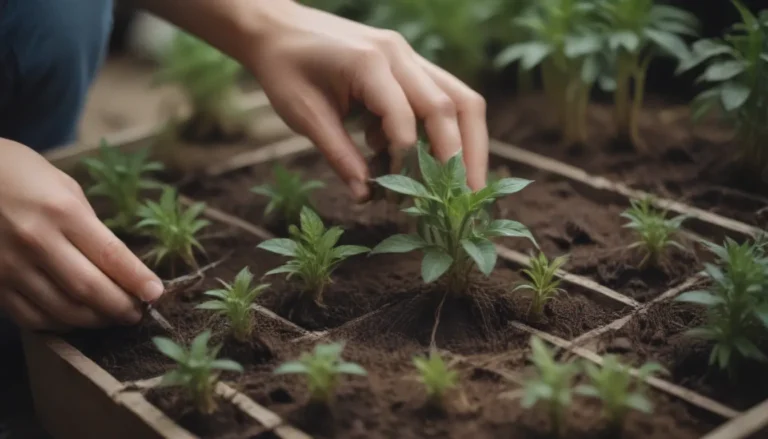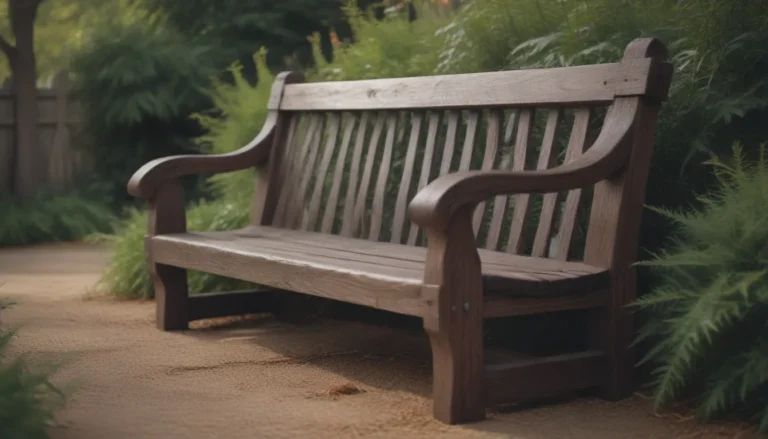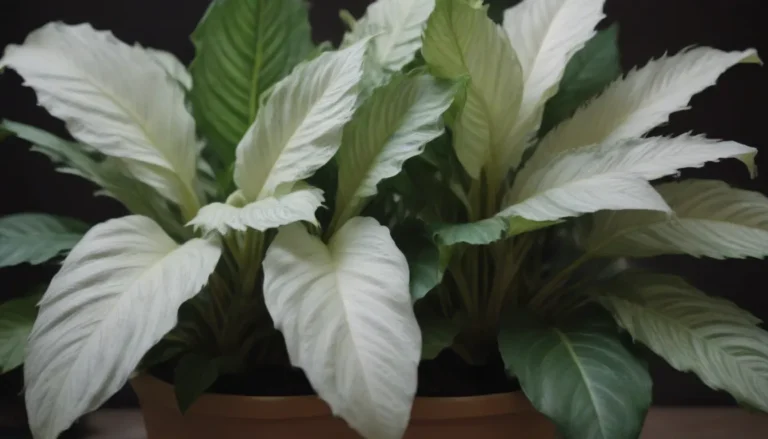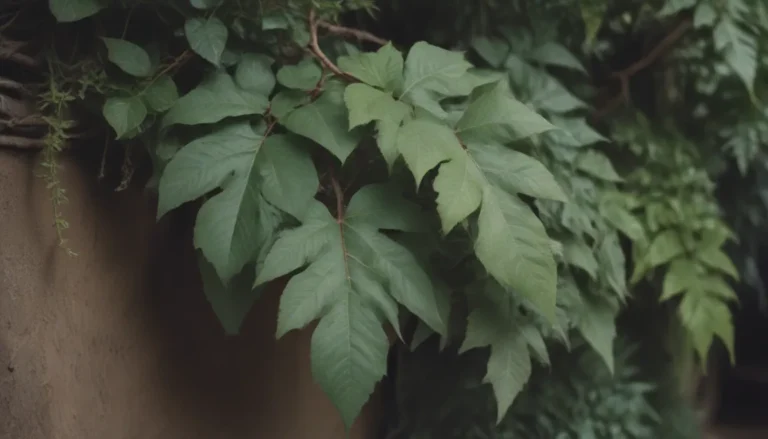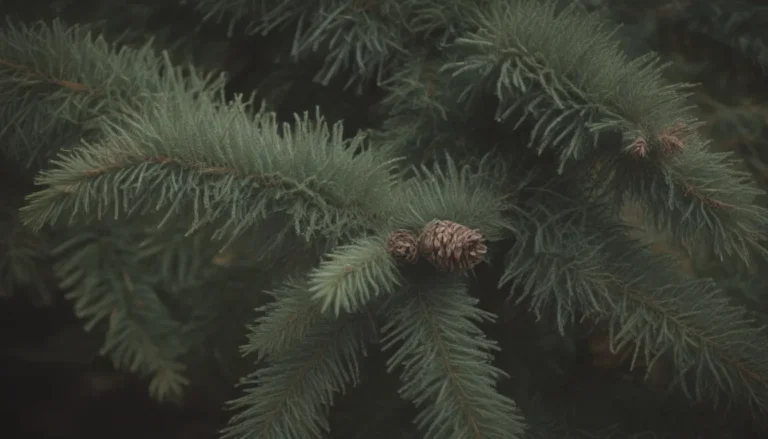Creating a Haven for Nesting Hummingbirds
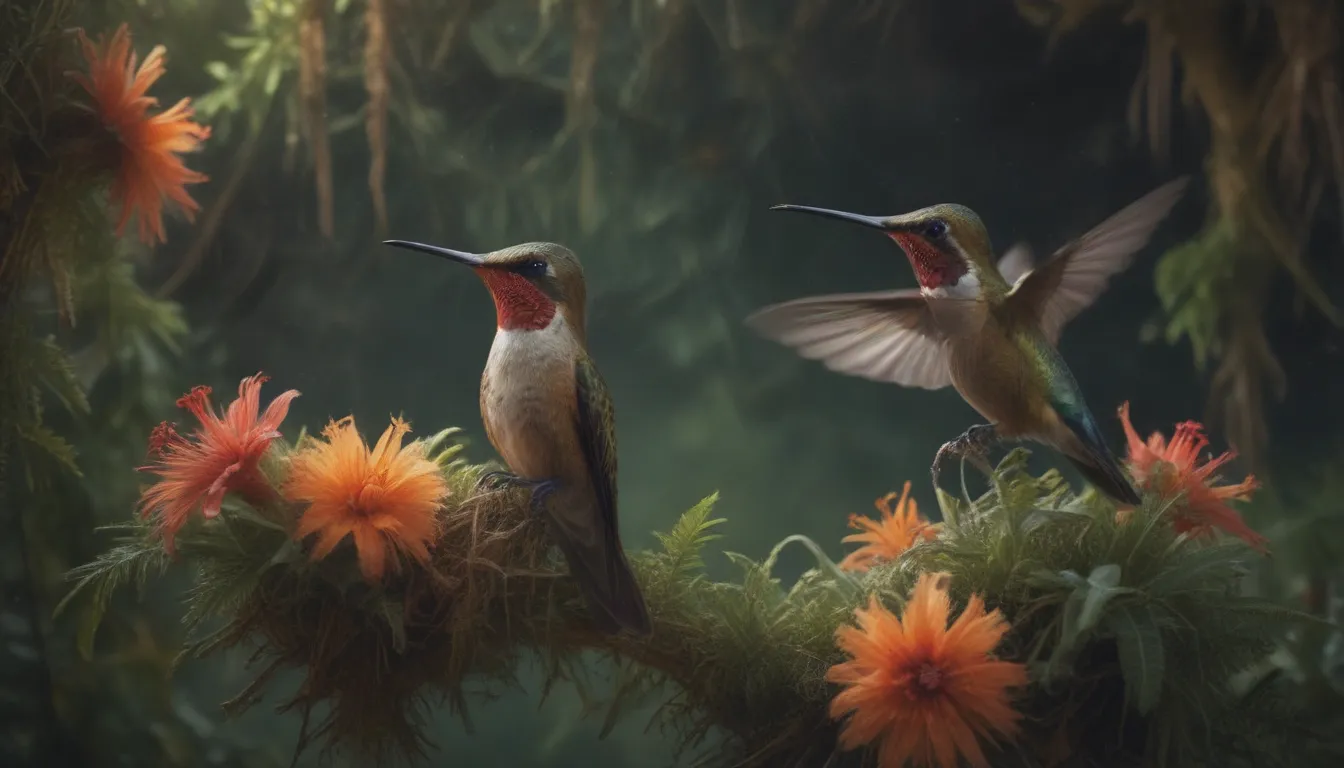
Welcome to the wonderful world of hummingbirds! These tiny, colorful birds are a delight to watch fluttering around your yard. If you’ve ever wished to attract nesting hummingbirds and witness their fascinating nesting behaviors up close, you’re in the right place. In this comprehensive guide, we’ll dive deep into the world of nesting hummingbirds, exploring their habits, preferences, and how you can create a safe and inviting environment for these precious creatures.
The Fascinating World of Hummingbird Nesting Habits
Hummingbirds are unique creatures with distinctive nesting habits. Unlike other birds, they are not cavity-nesters and won’t use traditional birdhouses. Instead, they build intricate nests using a variety of materials such as moss, lichen, plant down, feathers, and even spider silk. These nests are usually perched high off the ground, between 10 to 40 feet, nestled in shrubs and trees. Fun Fact: Hummingbirds are the only birds capable of flying backward, adding to their charm and mystique.
Key Points about Hummingbird Nests:
- Built high off the ground, typically between 10 to 40 feet
- Constructed using moss, lichen, feathers, and spider silk
- Well-camouflaged and challenging to spot
- Not reused frequently, but a safe and attractive yard can encourage nesting for years
Essential Elements for Attracting Nesting Hummingbirds
To create an environment that beckons hummingbirds to nest in your yard, you need to ensure that your space is hummingbird-friendly. This involves providing the right kinds of food, shelter, and water sources that meet their needs. Additionally, incorporating bright colors and taking steps to make your yard safe for these delicate birds will further enhance your chances of attracting nesting hummingbirds.
What Attracts Hummingbirds to Your Yard:
-
Food: Hummingbirds have fast metabolisms and need to feed frequently. Planting nectar-producing flowers like bee balm, sage, and honeysuckle, along with offering a hummingbird feeder filled with a simple sugar solution, can provide essential nutrition for these tiny birds.
Tip: Make your own hummingbird nectar by mixing 1/4 cup of plain white table sugar with 1 cup of boiling water. -
Shelter: Providing adequate perching spots, shaded trees, and shrubs can offer hummingbirds a sense of safety and security. Thorny plants can also serve as natural protection from predators.
-
Water: Hummingbirds enjoy misters and bubblers for water sources. Placing these water features in your yard can attract hummingbirds and provide them with a refreshing drink and a spot for a quick bath.
-
Colors: Bright colors like red, orange, pink, and purple are attractive to hummingbirds. Planting flowers in these hues or adding colorful garden accents can catch their attention and entice them to your yard.
Creating a Safe Haven for Nesting Hummingbirds
While attracting hummingbirds to your yard is exciting, ensuring that your space is safe for them is crucial. Taking steps to reduce potential risks and threats can make your yard a desirable nesting site for these delicate creatures.
Tips for Ensuring a Safe Yard for Nesting Hummingbirds:
-
Reduce Feeder Numbers: Limiting the number of feeders can prevent overcrowding and discourage larger bird species that may pose a threat to nesting hummingbirds.
-
Avoid Chemicals: Pesticides, insecticides, and chemical treatments can be harmful to hummingbirds. Opt for natural pest control methods and avoid using toxic chemicals in your yard.
-
Control Harmful Insects: While small insects are a source of food for hummingbirds, larger pests like wasps and hornets can be dangerous. Remove potential threats and relocate harmful insects away from hummingbird-friendly areas.
-
Prevent Predator Attacks: Cats, dogs, snakes, and other predators can endanger nesting hummingbirds. Taking measures to deter predators can create a safe environment for nesting birds to thrive.
More Tips for Attracting Nesting Hummingbirds
In addition to the essential elements mentioned above, here are a few extra tips to enhance your chances of attracting nesting hummingbirds to your yard:
-
Plant Tubular Flowers: Hummingbirds are attracted to nectar-rich, tubular flowers. Planting a variety of these flowers in your yard can provide a natural food source and attract these birds to your space.
-
Provide Nesting Materials: Offering nesting materials like soft cotton, feathers, and spider silk can attract hummingbirds looking to build their nests. Place these materials in accessible locations to encourage nesting activity.
-
Maintain a Quiet Environment: Hummingbirds prefer peaceful surroundings for nesting. Minimize noise and disturbances in your yard to create a tranquil space that is appealing to these birds.
By incorporating these tips and creating a welcoming environment for nesting hummingbirds, you can increase the likelihood of attracting these magnificent creatures to your yard. Observing their nesting behaviors and witnessing the growth of their young can be a truly rewarding experience that brings joy and wonder to your outdoor space.
So, are you ready to transform your yard into a haven for nesting hummingbirds? With the right knowledge and a little effort, you can create a welcoming sanctuary that beckons these tiny birds to build their nests and raise their families right in your own backyard. Get started today and embark on a magical journey into the enchanting world of nesting hummingbirds!
